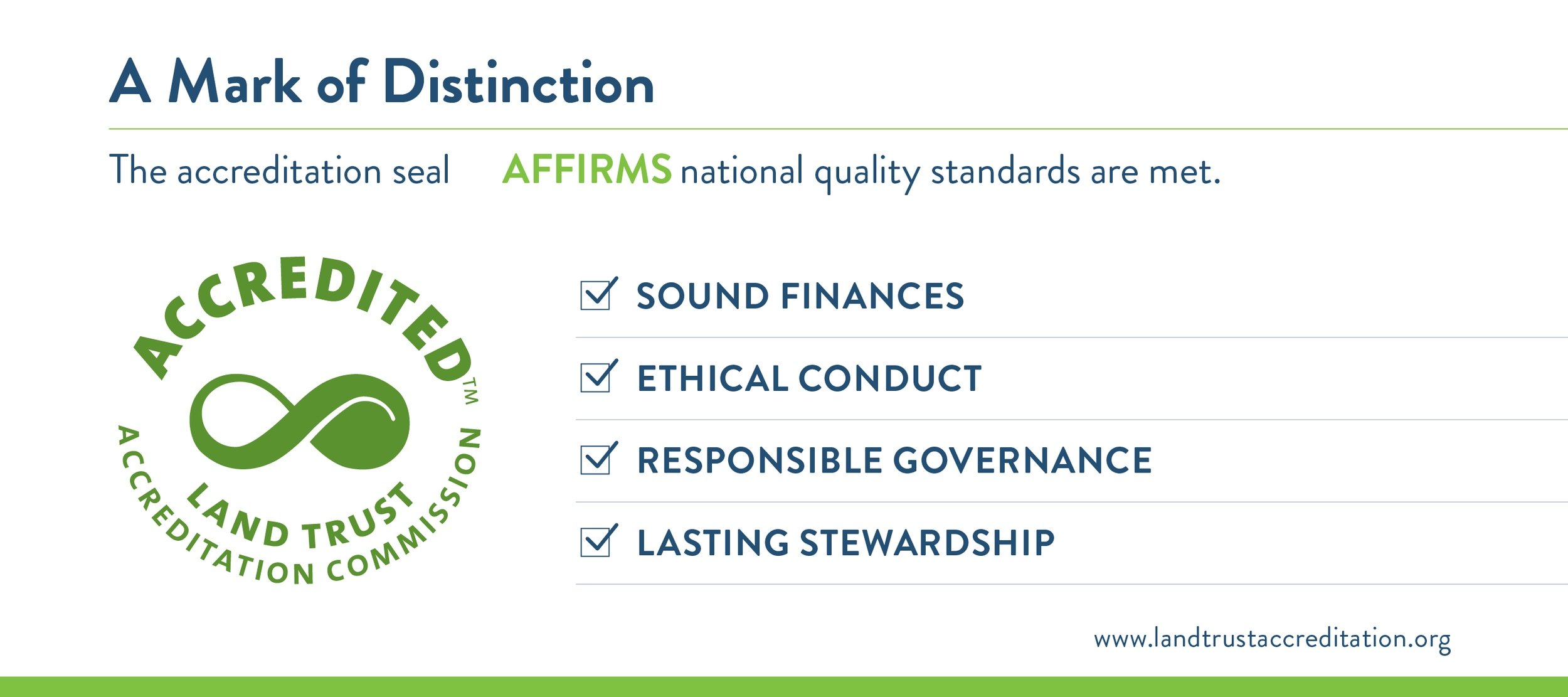As the forest foliage begins dying back in late fall, one plant that may stand out as a green mat on an otherwise brown or bare landscape is wintercreeper (Euonymus fortunei). Introduced to the U.S. from China as an ornamental in the early 1900s, it’s rapid growth combined with its ability to withstand harsh conditions makes this invasive plant species a force to be reckoned with—so much so that the Kentucky Exotic Pest Plants Council considers it a severe threat to Kentucky’s native landscape.
If you have joined us for a Volunteer Day at Vaughn Branch Nature Preserve, you may have gotten up close and personal with wintercreeper. Or maybe you’ve noticed this plant with its thick, shiny, white-veined leaves and climbing nature on your own land.
Wintercreeper has a strong desire to dominate, and when it comes to its growing habit, it’s a jack of all trades. While it can grow as a dense groundcover outcompeting native wildflowers, it can also climb 30 to 70 feet high, taking down small trees. Less commonly, it grows as a 3-foot-tall shrub. Regardless of how it presents itself, it competes with native plant species by gobbling up soil nutrients, blocking sunlight and preventing seed growth.
To prevent this vine from taking over requires aggressive action. Because wintercreeper tolerates a wide range of environmental conditions, it easily thrives in a variety of Kentucky landscapes. Plus, it readily spreads through seed dispersal by birds and through its vining action. There are a number of different ways landowners can remove wintercreeper—both chemical and non-chemical means—depending on the size of the infestation and environmental considerations. Joyce Bender provides a well-rounded discussion of removal options in her article in Kentucky Woodland Magazine. By staying attuned to your landscape and equipping yourself with the right knowledge and tools, wintercreeper doesn’t have to be a problem on your land forever.
Photo courtesy blacklionvbrewer/iNaturalist


